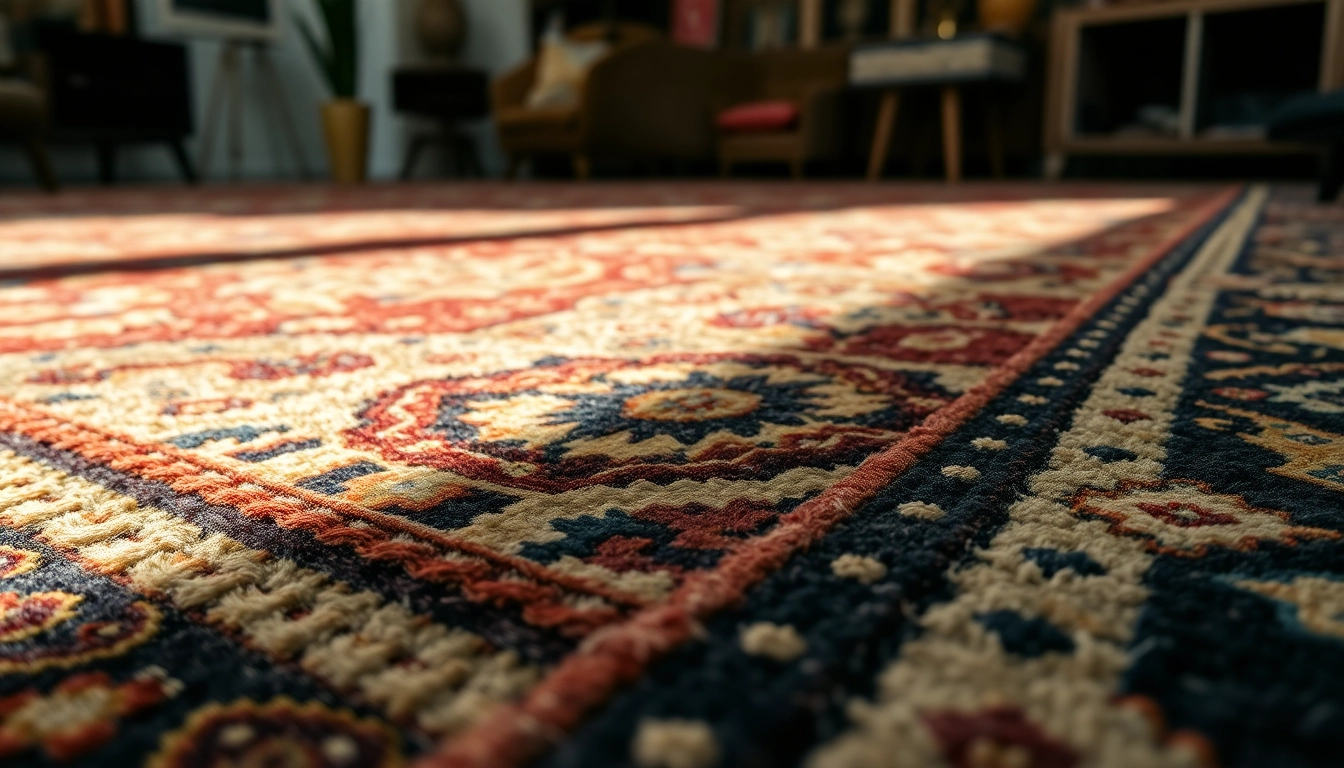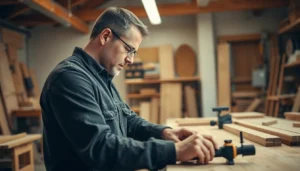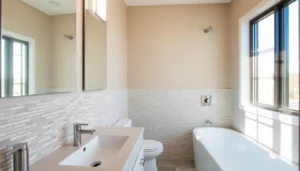Introduction to Tappeto Persiano Milano: History and Significance
The city of Milan, renowned as a global fashion and design hub, also boasts a rich history of embracing and showcasing exquisite craftsmanship from around the world. Among its most treasured assets are its authentic Persian rugs, known as Tappeto persiano Milano. These rugs are not merely decorative elements but are emblematic of centuries-old artistry, cultural heritage, and vibrant traditions originating from Iran. Their presence in Milan reflects a deep appreciation for timeless design and artisan skill that transcends borders.
Origins of Persian Rugs in Milan
Persian rugs have a storied history dating back over a millennium, with each region in Iran developing distinct styles, motifs, and weaving techniques. When these rugs made their way to Milan during trade routes and through cultural exchanges, they quickly gained popularity among aristocracy, collectors, and interior designers seeking exclusive, luxurious items. Historically, importers and specialists in Milan developed a strong network to acquire authentic, high-quality Persian carpets, establishing a tradition that continues today.
In contemporary Milan, shops and galleries source these pieces directly from Iran, ensuring authenticity and craftsmanship. This enduring tradition is evidenced by institutions that focus on restoration, sales, and education about Persian rugs, making Milan a hub for both connoisseurs and everyday admirers alike.
Cultural Significance and Unique Features
Persian rugs are more than woven textiles—they are miniature artworks rich with symbolism, history, and regional identity. The motifs often depict floral patterns, geometric shapes, hunting scenes, and religious symbols, each telling a story or representing cultural values. Skilled artisans employ centuries-old techniques, such as hand-knotting with natural fibers like wool, silk, or cotton, resulting in durability and beauty.
Unique features of authentic Persian rugs include the meticulous craftsmanship and complex designs that can take months or even years to complete. The dyes used are traditionally derived from plants, minerals, and insects, ensuring vibrant yet natural colors that age beautifully over time. Among the most revered types are Tabriz, Isfahan, Qom, and Kashan rugs, each distinguished by their regional motifs and weaving techniques.
Why Choose an Authentic Persian Tappeto in Milan
Opting for an authentic Persian rug in Milan guarantees a piece of cultural heritage, brought to life through master artisanship. Authenticity ensures not only aesthetic value but also longevity, with many Persian rugs lasting generations when properly maintained. Moreover, these rugs can significantly elevate interior decor, adding warmth, texture, and a distinctive style that complements both modern and classical interiors.
Furthermore, owning a genuine Persian Tappeto is an investment that appreciates over time. Unlike mass-produced rugs, handcrafted Persian pieces carry intrinsic value rooted in their artistry and history. For collectors and connoisseurs, Milan offers a curated selection from trusted sellers who guarantee authenticity, making it easier to find a rug that fits personal taste, space, and budget.
Buying Guide: How to Select the Perfect Tappeto Persiano in Milano
Understanding Quality and Materials
Quality in Persian rugs is primarily determined by the materials used, the knot density, and the craftsmanship. Hand-knotted rugs with high knot density (measured in knots per square inch) tend to be more detailed and durable. Natural fibers like wool, silk, or a blend of both are preferred for their aesthetic appeal and longevity.
High-quality wool offers resilience and softness, while silk provides a luxurious sheen and intricate detailing, often found in the most refined Persian rugs. Authenticity is also guaranteed when dyes are natural, giving the rug vibrant, lasting colors without synthetic chemicals.
Size, Design, and Color Considerations
Choosing the right size involves assessing your space and how the rug will interact with your furniture. For large living rooms, expansive rugs can anchor the space, while smaller pieces work well as accent rugs or in entryways. Designs vary from elaborate floral medallions to geometric patterns, so selecting a motif that complements existing decor is essential.
Color schemes should harmonize with the room’s palette. Persian rugs offer a spectrum of hues, from rich reds, deep blues, and earthy tones to more subdued beiges and grays. Consider whether you want the rug to serve as a focal point or as a complement to other design elements.
Where to Find Genuine Persian Rugs in Milan
Milano boasts several specialized shops and galleries renowned for their authentic Persian collections. Artorient Milano, for instance, is known for its extensive showroom featuring rugs like Nain, Tabriz, and Qum. These establishments often have experts to guide you through the selection process and guarantee the authenticity of each piece.
Other reputable sources include Toranj, which offers high-quality, hand-made Persian rugs along with restoration services, and specialized online platforms that ship directly from Iran, providing a broad selection and competitive pricing.
Restoration and Maintenance of Persian Tappeti in Milan
Professional Restoration Services Available
Maintaining the beauty of a Persian rug requires specialized care, especially for antiques or heavily used pieces. In Milan, restoration experts such as Parsa Tappeti and Tappeti-irana offer professional restoration, cleaning, and repair services. These processes include knot repair, re-dyeing, and revitalization of worn-out areas to restore the rug’s original splendor and structural integrity.
Regular restoration extends the lifespan of the rug, preserves its value, and maintains its aesthetic appeal. Engaging certified restorers ensures the process respects the craftsmanship and materials of the original piece.
Proper Cleaning and Care Tips
Cleaning should be performed with natural, gentle methods, avoiding harsh chemicals that can damage the fibers and dyes. Professional cleaning at least once every 1–3 years is recommended, especially in high-traffic areas. Regular vacuuming with a gentle suction helps remove dust and debris; however, you should avoid brushing or rubbing, which can cause wear.
Protect your rug from direct sunlight to prevent fading, and use padding underneath to reduce wear and slippage. When relocating, handle the rug carefully to avoid tearing or unraveling.
Prolonging the Lifespan of Your Tappeto Persiano Milano
With proper care, Persian rugs can last for generations. Some practical tips include rotating the rug periodically to ensure even wear, avoiding placing heavy furniture directly on the surface, and addressing stains promptly with suitable cleaning agents.
Investing in professional maintenance, using protective pads, and keeping the rug out of direct sunlight are crucial steps for preservation. Additionally, consulting experts for any significant repairs or restoration work ensures the rug remains in optimal condition.
Pricing and Investment Insights for Tappeti Persiani Milanesi
Cost Range Based on Quality and Size
The price of authentic Persian rugs in Milan varies widely based on factors such as size, material, age, and craftsmanship. For smaller, modern reproductions, prices may start around €500. Genuine antique or high-end hand-knotted pieces like those from Ghom or Qum can range from €2,000 to over €50,000 for exceptional antique masterpieces.
Generally, a mid-sized, well-crafted, contemporary Persian rug can cost between €1,000 and €5,000, reflecting its quality and authenticity. Larger sizes for bespoke or museum-quality pieces naturally command higher prices, making them significant investments.
Valuable Tips for Authentic Purchases
To ensure you purchase an authentic Persian rug, verify the origin, craftsmanship, and seller reputation. Request certificates of authenticity and inquire about the rug’s provenance, age, and authenticity guarantees. Engage with reputable dealers who source their products directly from Iran or renowned artisan communities.
Beware of cheaply priced imitations or synthetic fibers marketed as Persian rugs. Comparing prices across sources and consulting experts can help you determine fair market value and avoid overpaying.
Understanding Market Trends and Value Preservation
The market for Persian rugs remains resilient, as these pieces are viewed as both cultural artifacts and luxury investments. Collectors and interior designers increasingly value unique, authentic pieces, contributing to their appreciation over time.
Maintaining documentation, provenance, and expert appraisals enhances the investment value. Proper maintenance and occasional restoration can preserve or even increase the value of your Persian rug in Milan’s dynamic market.
Enhancing Your Space with a Tappeto Persiano Milano: Style Tips
Integrating Persian Rugs into Modern Interiors
Persian rugs are remarkably versatile, seamlessly blending with contemporary design. Use a large rug to anchor a modern living room, pairing it with minimalist furniture to create a luxurious contrast. Incorporate neutral wall colors and sleek furnishings to let the rug’s intricate patterns stand out as a focal point.
For open-plan spaces, layering a Persian rug over a solid-colored floor or combining contrasting patterns adds depth and personality to your decor.
Matching Colors and Patterns for Cohesion
Ensure the rug’s color palette harmonizes with your existing decor. Rich reds, blues, or golds can complement classic furniture, while muted tones work well with modern, minimalist interiors. When selecting a pattern, consider the overall style—symmetrical medallions suit traditional schemes, while geometric designs fit modern settings.
Creating a cohesive look involves balancing the rug’s complexity with the rest of your design elements, ensuring not to overcrowd the space with competing patterns.
Where to Place Your Tappeto for Maximum Impact
Strategic placement enhances visual appeal and functionality. Center a large Persian rug in the main seating area, under a coffee table, to define the space. Hallways and entryways benefit from smaller, durable runners that invite guests and add a touch of elegance.
Be mindful of furniture placement—legs should rest on the rug, and there should be enough border visible to frame the pattern gracefully. Proper placement not only highlights the rug’s beauty but also contributes to a balanced interior layout.



